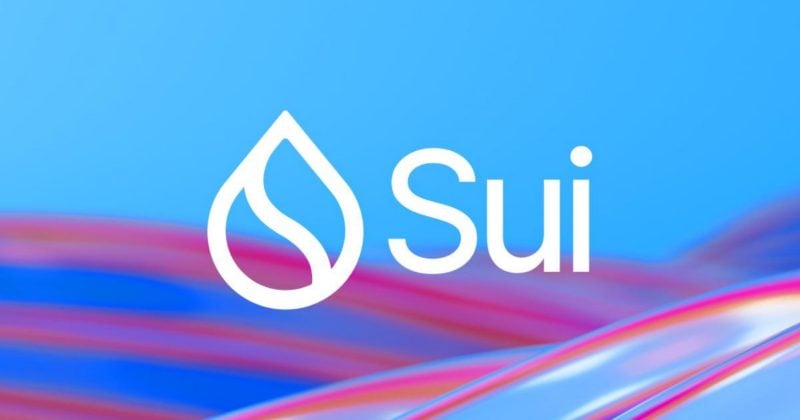ARTICLE AD
DN-404 developers aim to solve gas complications inherent in ERC-404 but still regard the effort as a “gimmick” with user demand.
A new, unofficial Ethereum-based cryptocurrency design dubbed ERC-404 emerged on Feb. 2 from a group of pseudonymous developers seeking to combine crypto and NFTs. Pandora, the first token under this standard, surged over 12,000% in less than a week and increased from $250 to over $30,000 before plummeting.
The experimental effort sought to revolutionize fractionalized NFTs and improve liquidity for digital collectibles represented by virtual currencies.
However, ERC-404 arrived with issues primarily around gas optimization, with reports of Ethereum transaction fees skyrocketing the same week as Pandora’s debut. The ERC-404 creators hinted at updates and improvements, but a group of developers launched their iteration to address concerns.
DN-404 versus ERC-404
DN-404 was created to fix inefficiencies with ERC-404 by splitting the token and NFT elements into two separate contracts. Developers said DN-404 also slashes transaction costs by 20%.
The design leverages the ERC-20 token code at its center and a mirror ERC-721 structure for NFT functionality, whereas ERC-404 mixed both sides in a single contract. ERC-404 created a possibility of an NFT being split apart and returning differently from its original state.
Our end goal was to create a token standard that could act as an NFT with native fractionalization built in. This was a unique unlock of ERC-404 that allowed users to trade portions of NFTs without any middleman.
Cygaar, DN-404 developerOne of the pseudonymous developers, Cygaar, emphasized the DN-404 is a standard for protocols to build rather than a project itself. The open-source GitHub repository is in its alpha stage and has not yet been audited.
Excited to launch the "Divisible NFT" standard (DN404) which aims to be a hybrid ERC20/721 token.
ERC404 took the crypto world by storm over the past few days, but it doesn't follow existing standards, is inefficient, and breaks at certain edge cases.
Here's how DN404 works 🧵: pic.twitter.com/3kj504Gb97

 9 months ago
48
9 months ago
48 

